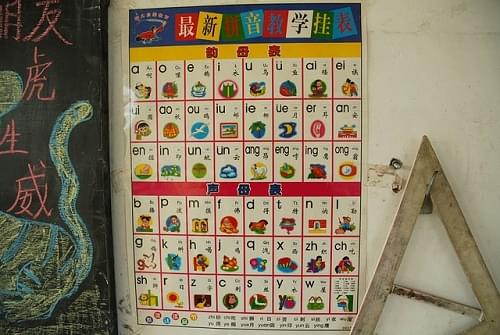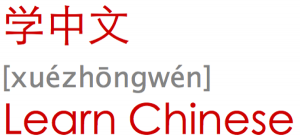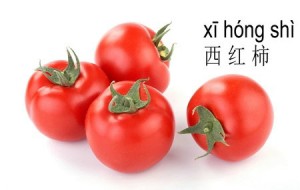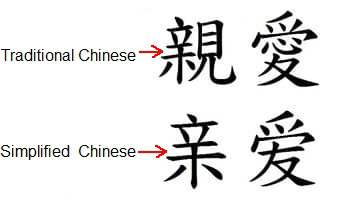Background
Mandarin Chinese (pǔtōnghuà/普通话) literally “common speech”, also known as Standard Mandarin, has been the official language of The People’s Republic of China since 1955. It is also the official language of Taiwan and one of the official languages of Singapore and the United Nations.
Historically, given the large differences that can occur between dialects from different regions across China, oral communication between people from different regions has often proved difficult. With this in mind Mandarin Chinese was officially created as a means for speakers of the several mutually unintelligible Han Chinese languages, as well as the Han and Chinese minorities, to communicate with each other. It is based on (though due to evolution and standardization is not synonymous with) the Beijing dialect.
Most Chinese speak Mandarin Chinese with their local dialects mixed in. As an example people from Beijing often add a final “er” (儿) sound, known as érhuàyīn (儿化音), to the end of many words that many other speakers of Mandarin Chinese do not.
Tones
Mandarin Chinese is a tonal language. That means that tones as well as consonants and vowels are used to distinguish words from one another. Many learners of Mandarin Chinese have difficulties mastering the tones of each character, but due to the vast number of characters in the language that differ only by tone, correct tonal pronunciation is essential if you want the listener to clearly understand what is being said. If you want to be able to communicate effectively in Mandarin Chinese, there is no avoiding getting at least a basic command of the tones. There are 4 tones and a neutral tone used in Standard Mandarin:
1st tone: high, even and constant
2nd tone: rising and becoming stronger
3rd tone: falling and fading, then rising and becoming stronger
4th tone: falling and fading rapidly
5th (or neutral) tone: depends on the tone preceding it, though it usually comes at the end of a word or phrase, and is pronounced in a light and short manner.
Grammar
Chinese grammar is actually relatively simple when compared to other languages such as English. A key feature of Chinese grammar is that all words have only one grammatical form, as the language lacks conjugation, declension, or any other inflection. When expressing something such as relating numbers with nouns or tense in verbs, word order and particles are used.
Pinyin
Pinyin (拼音) is the most commonly used romanization of Standard Mandarin. It is used to teach the pronunciation of words in Standard Mandarin. In Pinyin, each Chinese sound has corresponding Roman characters. The result is a romanization system that is convenient and simple for both native English and Chinese speakers.
Simplified and Traditional Chinese Characters
The two standard sets of Chinese characters of contemporary Chinese are simple and traditional Chinese characters. Simplified character forms were created by decreasing the number of strokes and simplifying the forms of many traditional Chinese characters. Many traditional Chinese characters were not simplified, and as such appear the same in both systems. The government of the People’s Republic of China has promoted simplified characters as a means to increase literacy in Mainland China.
Simplified characters are officially used in the People’s Republic of China or Mainland China, Singapore, Malaysia and the United Nations. Traditional characters are used in Taiwan, Hong Kong and Macau. Overseas Chinese communities generally use traditional characters.
We have various Chinese courses for Mandarin learners, they are Business Chinese, Daily Chinese, HSK Chinese and Travel Chinese, Contact us at info@onetoonechinese to have a free trial.




Recent Comments